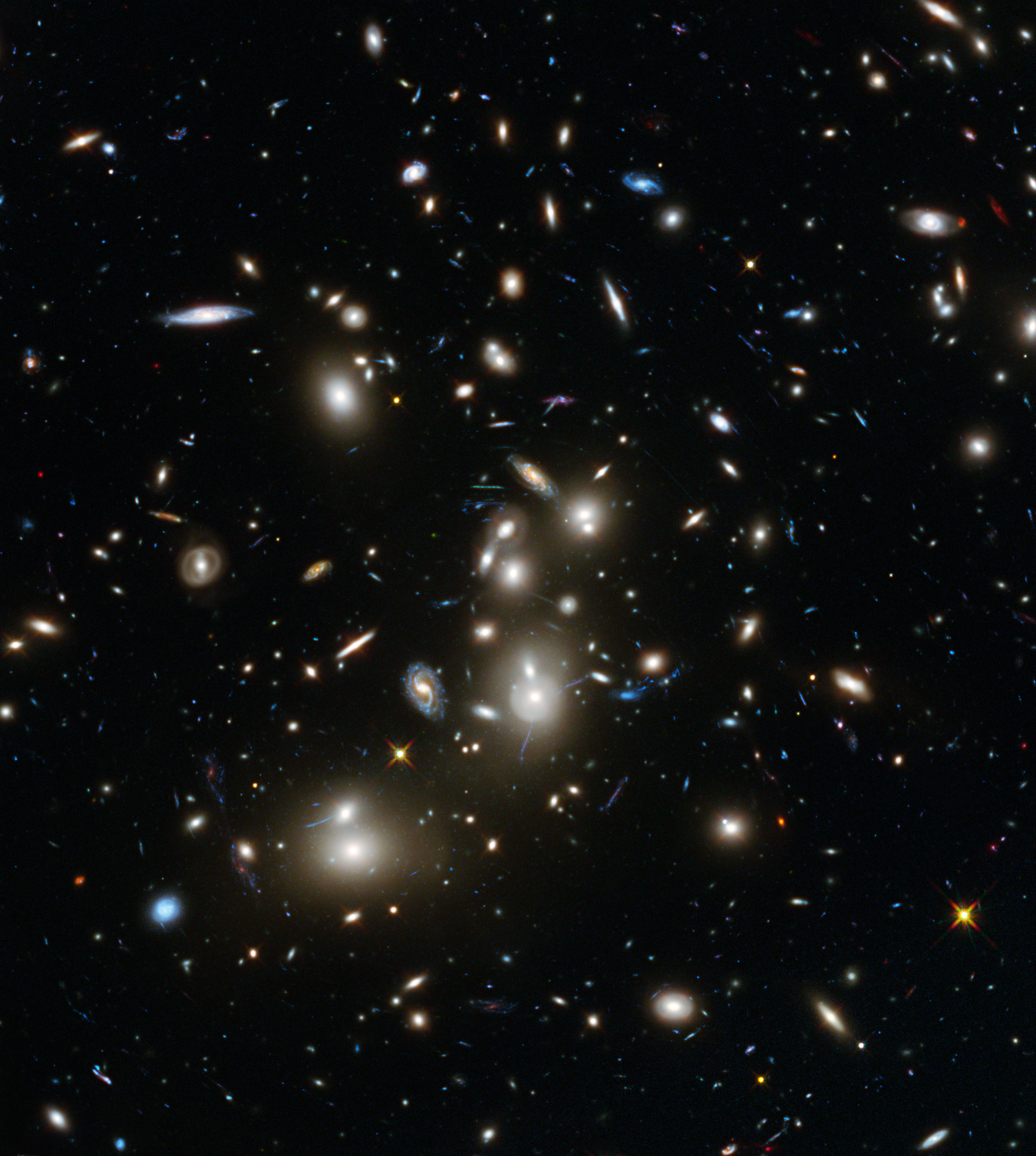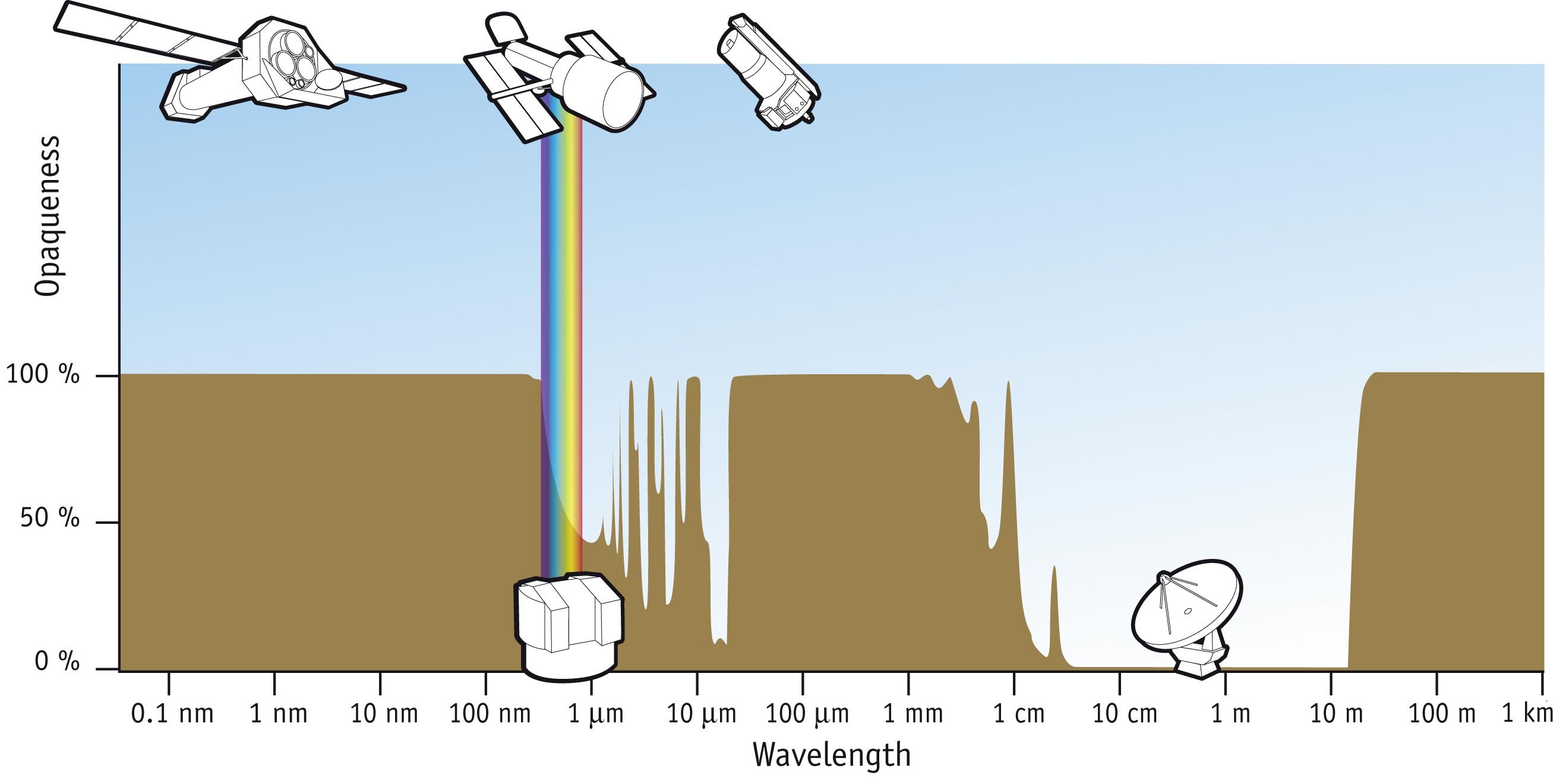|
Abell 2162
Abell 2162 is a galaxy cluster in the Abell catalogue located in the constellation Corona Borealis. It is a member of the Hercules Superclusters, the redshifts of the member galaxies of which lie between 0.0304 and 0.0414. The cluster hosts a massive Type-cD galaxy called NGC 6086. See also * Abell catalogue * List of Abell clusters * X-ray astronomy X-ray astronomy is an observational branch of astronomy which deals with the study of X-ray observation and detection from astronomical objects. X-radiation is absorbed by the Earth's atmosphere, so instruments to detect X-rays must be taken to ... References Further reading * 2162 Galaxy clusters Corona Borealis Hercules Superclusters {{galaxy-cluster-stub ... [...More Info...] [...Related Items...] OR: [Wikipedia] [Google] [Baidu] |
Abell Catalogue
The Abell catalog of rich clusters of galaxies is an all-sky catalog of 4,073 rich galaxy clusters of nominal redshift ''z'' ≤ 0.2. This catalog supplements a revision of George O. Abell's original "Northern Survey" of 1958, which had only 2,712 clusters, with a further 1,361 clustersthe "Southern Survey" of 1989, published after Abell's death by co-authors Harold G. Corwin and Ronald P. Olowin from those parts of the south celestial hemisphere that had been omitted from the earlier survey. The Abell catalog, and especially its clusters, are of interest to amateur astronomers as challenge objects to be viewed in dark locations on large aperture amateur telescopes. The Northern Survey The original catalog of 2,712 rich clusters of galaxies was published in 1958 by George O. Abell (1927–1983), who was then studying at the California Institute of Technology. The catalog, which formed part of Abell's PhD thesis, was prepared by means of a visual inspection of the ... [...More Info...] [...Related Items...] OR: [Wikipedia] [Google] [Baidu] |
Epoch (astronomy)
In astronomy, an epoch or reference epoch is a instant, moment in time used as a reference point for some time-varying astronomical quantity. It is useful for the celestial coordinates or orbital elements of a Astronomical object, celestial body, as they are subject to Perturbation (astronomy), perturbations and vary with time. These time-varying astronomical quantities might include, for example, the mean longitude or mean anomaly of a body, the node of its orbit relative to a reference plane, the direction of the apogee or Perihelion and aphelion, aphelion of its orbit, or the size of the major axis of its orbit. The main use of astronomical quantities specified in this way is to calculate other relevant parameters of motion, in order to predict future positions and velocities. The applied tools of the disciplines of celestial mechanics or its subfield orbital mechanics (for predicting orbital paths and positions for bodies in motion under the gravitational effects of other bodi ... [...More Info...] [...Related Items...] OR: [Wikipedia] [Google] [Baidu] |
Corona Borealis
Corona Borealis is a small constellation in the Northern Celestial Hemisphere. It is one of the 48 constellations listed by the 2nd-century astronomer Ptolemy, and remains one of the 88 modern constellations. Its brightest stars form a semicircular arc. Its Latin name, inspired by its shape, means "northern crown". In classical mythology Corona Borealis generally represented the crown given by the god Dionysus to the Cretan princess Ariadne and set by her in the heavens. Other cultures likened the pattern to a circle of elders, an eagle's nest, a bear's den or a smokehole. Ptolemy also listed a southern counterpart, Corona Australis, with a similar pattern. The brightest star is the magnitude 2.2 Alpha Coronae Borealis. The yellow supergiant R Coronae Borealis is the prototype of a rare class of giant stars—the R Coronae Borealis variables—that are extremely hydrogen deficient, and thought to result from the merger of two white dwarfs. T Coronae Borealis, als ... [...More Info...] [...Related Items...] OR: [Wikipedia] [Google] [Baidu] |
Galaxy Cluster
A galaxy cluster, or a cluster of galaxies, is a structure that consists of anywhere from hundreds to thousands of galaxies that are bound together by gravity, with typical masses ranging from 1014 to 1015 solar masses. Clusters consist of galaxies, heated gas, and dark matter. They are the second-largest known gravitationally bound structures in the universe after superclusters. They were believed to be the largest known structures in the universe until the 1980s, when superclusters were discovered. Small aggregates of galaxies are referred to as galaxy groups rather than clusters of galaxies. Together, galaxy groups and clusters form superclusters. Basic properties Galaxy clusters typically have the following properties: * They contain 100 to 1,000 galaxies, hot X-ray emitting gas and large amounts of dark matter. Details are described in the "Composition" section. * They have total masses of 1014 to 1015 solar masses. * They typically have diameters from 1 to 5 Mpc ( ... [...More Info...] [...Related Items...] OR: [Wikipedia] [Google] [Baidu] |
Hercules Superclusters
The Hercules Superclusters (SCl 160) refers to a set of two nearby superclusters of galaxies. Relative to other local superclusters, Hercules is considered particularly large, being approximately 330 Mly in diameter. The Northern Local Supervoid lies in front of the superclusters, and is as big as the superclusters themselves. The redshifts of the member galaxies lie between 0.0304 and 0.0414. The region includes Abell 2147, Hercules Cluster, Abell 2151 (Hercules Cluster), and Abell 2152 galaxy clusters. An extremely long Galaxy filament, filament of galaxies has been found, that connects this group of clusters to the Abell 2197 and Abell 2199 pair. Abell 2162 in the nearby constellation Corona Borealis is also a member. The Hercules Superclusters are near the Coma Supercluster, helping make up part of the CfA2 Great Wall. In the 1930s, Harlow Shapley studied the structure of the distribution of galaxies in the Hercules (constellation), constellation of Hercules, and was probabl ... [...More Info...] [...Related Items...] OR: [Wikipedia] [Google] [Baidu] |
Type-cD Galaxy
The type-cD galaxy (also cD-type galaxy, cD galaxy) is a galaxy morphology classification, a subtype of type-D galaxy, type-D Elliptical galaxy#Sizes and shapes, giant elliptical galaxy. Characterized by a large galactic halo, halo of stars, they can be found near the centres of some rich galaxy clusters. They are also known as supergiant ellipticals or central dominant galaxies. Characteristics The cD-type is a classification in the Galaxy morphological classification, Yerkes galaxy classification scheme, one of two Yerkes classifications still in common use, along with D-type. The "c" in "cD" refers to the fact that the galaxies are very large, hence the adjective supergiant, while the "D" refers to the fact that the galaxies appear diffuse. A backformation of "cD" is frequently used to indicate "central Dominant galaxy"."Uncertainties on Clusters of Galaxies Distances", C. Adami, M.P. Ulmer, 18 July 2000, (accessed 14 April 2010) cDs are also frequently considered the largest ... [...More Info...] [...Related Items...] OR: [Wikipedia] [Google] [Baidu] |
NGC 6086
NGC 6086 is an elliptical galaxy in the constellation of Corona Borealis. It has an apparent magnitude of 12.7. A Type-cD galaxy, it is the brightest cluster galaxy in the cluster Abell 2162. In 2010, a supermassive black hole was discovered in NGC 6086. References External links * Corona Borealis Elliptical galaxies 6086 6 (six) is the natural number following 5 and preceding 7. It is a composite number and the smallest perfect number. In mathematics A six-sided polygon is a hexagon, one of the three regular polygons capable of tiling the plane. A hexagon a ... Abell 2162 {{Elliptical-galaxy-stub ... [...More Info...] [...Related Items...] OR: [Wikipedia] [Google] [Baidu] |
List Of Abell Clusters
The Abell catalogue is a catalogue of approximately 4,000 galaxy clusters with at least 30 members, almost complete to a redshift of ''z'' = 0.2. It was originally compiled by the American astronomer George O. Abell in 1958 using plates from National Geographic Society – Palomar Observatory Sky Survey, POSS, and extended to the southern hemisphere by Abell, Harold Corwin, Corwin and Ronald Olowin, Olowin in 1987. The name "Abell" is also commonly used as a designation for objects he compiled in a catalogue of 86 planetary nebulae in 1966. The proper designation for the galaxy clusters is ACO, as in "ACO 13", while the planetary-nebula designation is the single letter A, as in "A 39". 1–1999 2000–4076 Southern catalogue S1–S1174 See also * Lists of astronomical objects * List of galaxy groups and clusters References External linksAbell's 1958 paper and catalog [...More Info...] [...Related Items...] OR: [Wikipedia] [Google] [Baidu] |
X-ray Astronomy
X-ray astronomy is an observational branch of astronomy which deals with the study of X-ray observation and detection from astronomical objects. X-radiation is absorbed by the Earth's atmosphere, so instruments to detect X-rays must be taken to high altitude by Balloon-borne telescope, balloons, sounding rockets, and X-ray astronomy satellite, satellites. X-ray astronomy uses a type of space telescope that can see x-ray radiation which standard optical telescopes, such as the Mauna Kea Observatories, cannot. X-ray generation, X-ray emission is expected from astronomical objects that contain extremely hot gases at temperatures from about a million kelvin (K) to hundreds of millions of kelvin (MK). Moreover, the maintenance of the E-layer of ionized gas high in the Earth's thermosphere also suggested a strong extraterrestrial source of X-rays. Although theory predicted that the Sun and the stars would be prominent X-ray sources, there was no way to verify this because Earth's atmo ... [...More Info...] [...Related Items...] OR: [Wikipedia] [Google] [Baidu] |
Abell 2162
Abell 2162 is a galaxy cluster in the Abell catalogue located in the constellation Corona Borealis. It is a member of the Hercules Superclusters, the redshifts of the member galaxies of which lie between 0.0304 and 0.0414. The cluster hosts a massive Type-cD galaxy called NGC 6086. See also * Abell catalogue * List of Abell clusters * X-ray astronomy X-ray astronomy is an observational branch of astronomy which deals with the study of X-ray observation and detection from astronomical objects. X-radiation is absorbed by the Earth's atmosphere, so instruments to detect X-rays must be taken to ... References Further reading * 2162 Galaxy clusters Corona Borealis Hercules Superclusters {{galaxy-cluster-stub ... [...More Info...] [...Related Items...] OR: [Wikipedia] [Google] [Baidu] |
Abell Objects
Abell may refer to: People *Abell (surname) *George O. Abell, of the astronomical catalogues fame Places ;United States * Abell, Maryland, a location in St. Mary's County, Maryland * Abell, Baltimore, Abell, a neighborhood in Baltimore, Maryland * Abells Corners, Wisconsin, an unincorporated community Astronomy *Abell catalogue of rich clusters of galaxies (ACO) *Abell Catalog of Planetary Nebulae (A) Bibliographical database *ABELL, the ''Annual Bibliography of English Language and Literature'' See also *Abel (other) {{disambiguation, geo ... [...More Info...] [...Related Items...] OR: [Wikipedia] [Google] [Baidu] |
Galaxy Clusters
A galaxy cluster, or a cluster of galaxies, is a structure that consists of anywhere from hundreds to thousands of galaxies that are bound together by gravity, with typical masses ranging from 1014 to 1015 solar masses. Clusters consist of galaxies, heated gas, and dark matter. They are the second-largest known gravitationally bound structures in the universe after superclusters. They were believed to be the largest known structures in the universe until the 1980s, when superclusters were discovered. Small aggregates of galaxies are referred to as galaxy groups rather than clusters of galaxies. Together, galaxy groups and clusters form superclusters. Basic properties Galaxy clusters typically have the following properties: * They contain 100 to 1,000 galaxies, hot X-ray emitting gas and large amounts of dark matter. Details are described in the "Composition" section. * They have total masses of 1014 to 1015 solar masses. * They typically have diameters from 1 to 5 Mpc ( ... [...More Info...] [...Related Items...] OR: [Wikipedia] [Google] [Baidu] |






